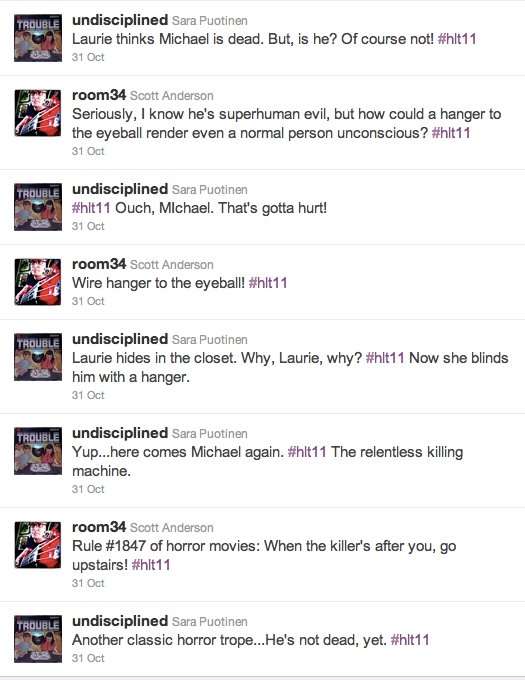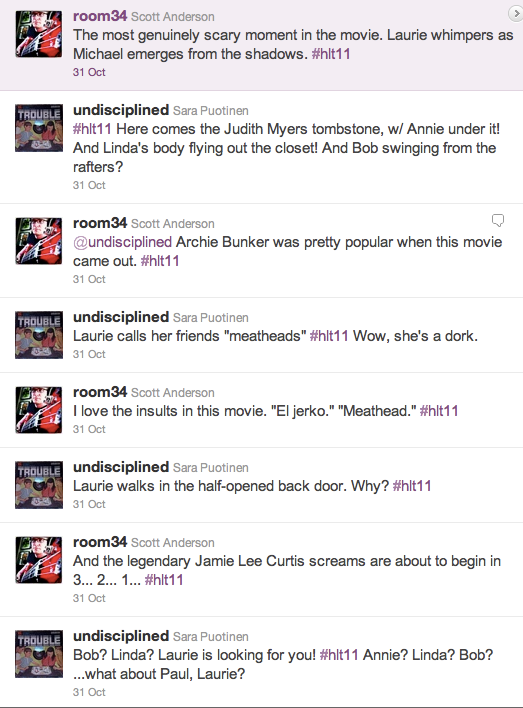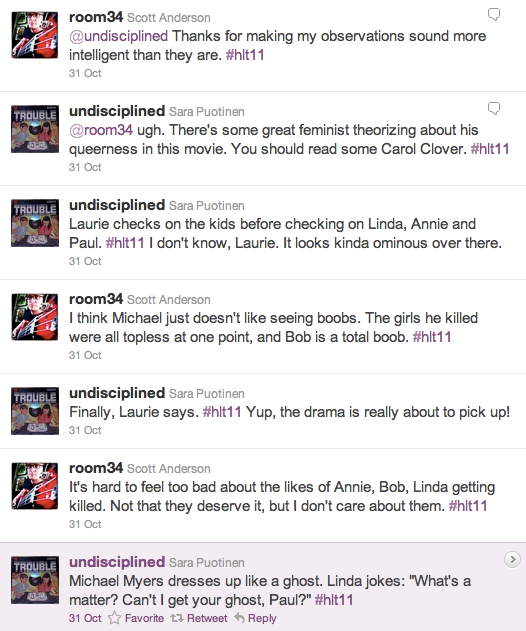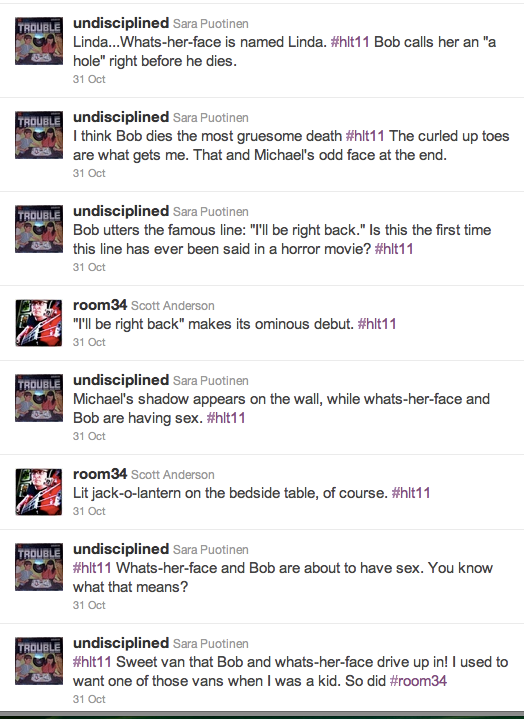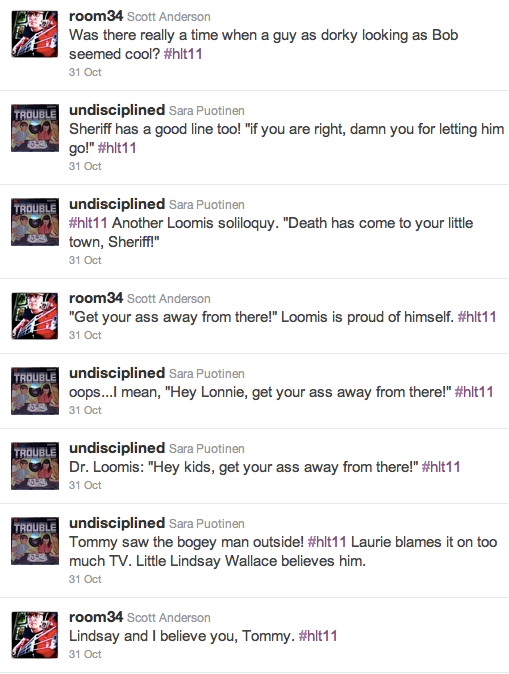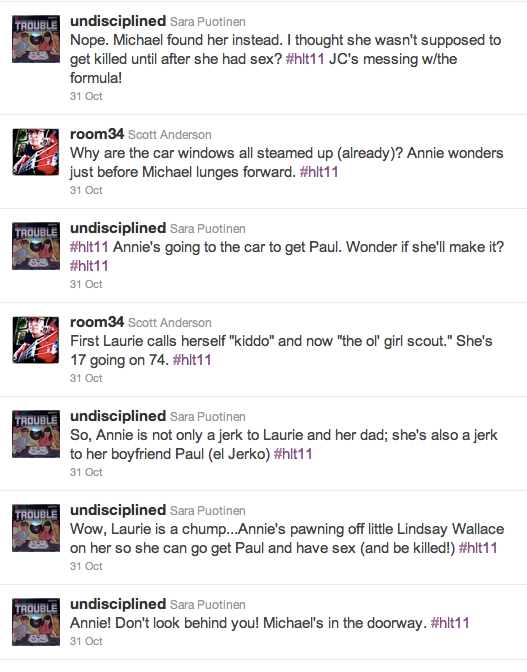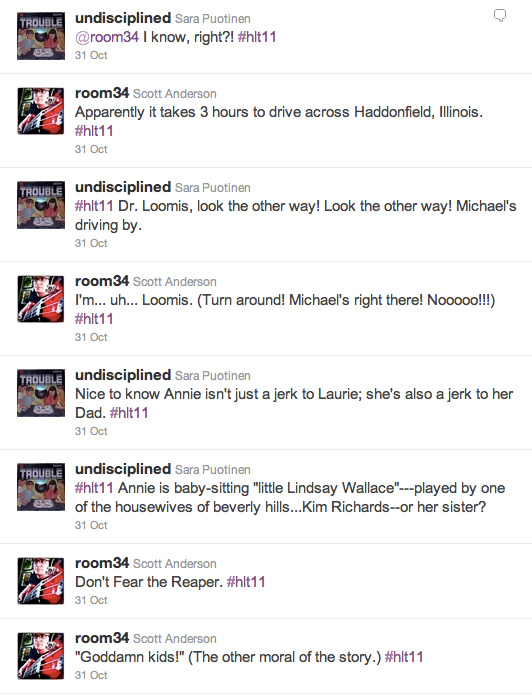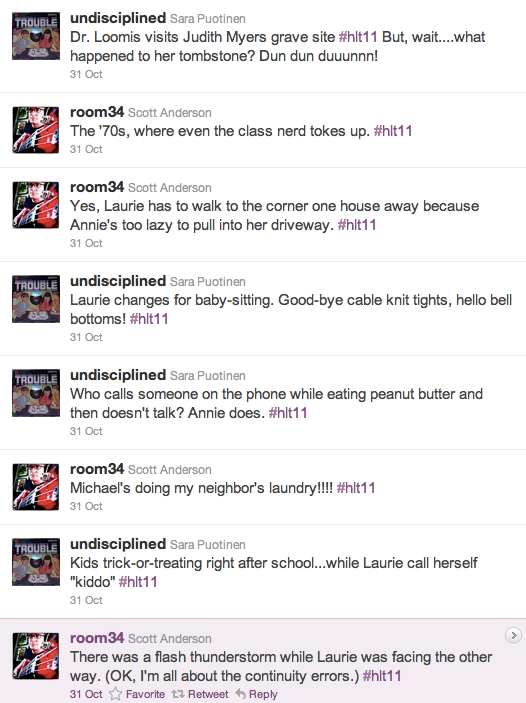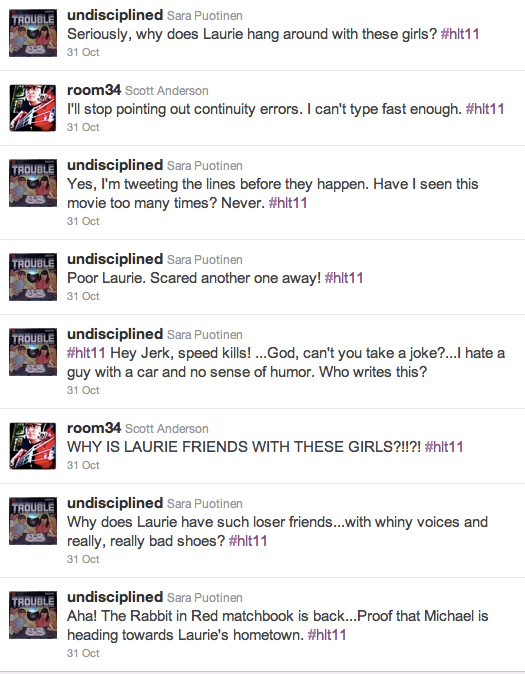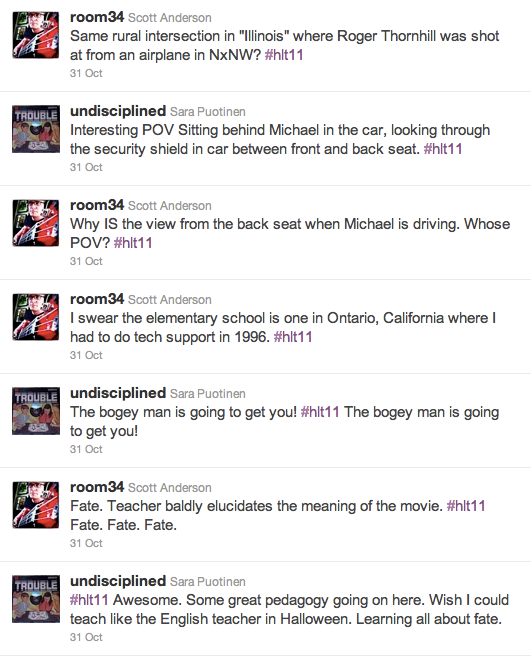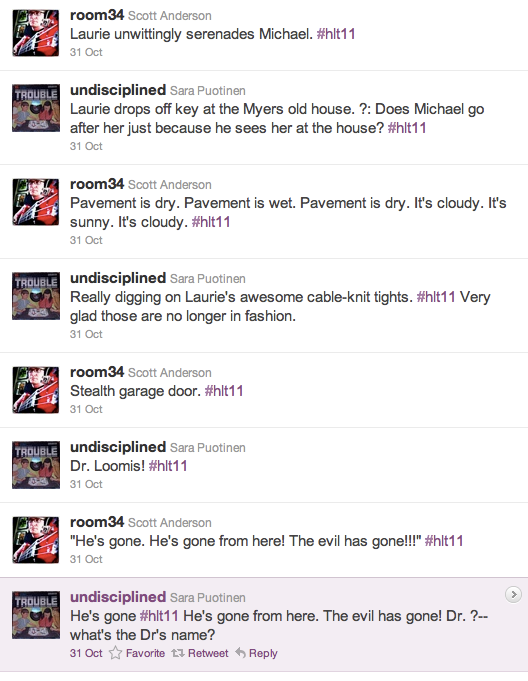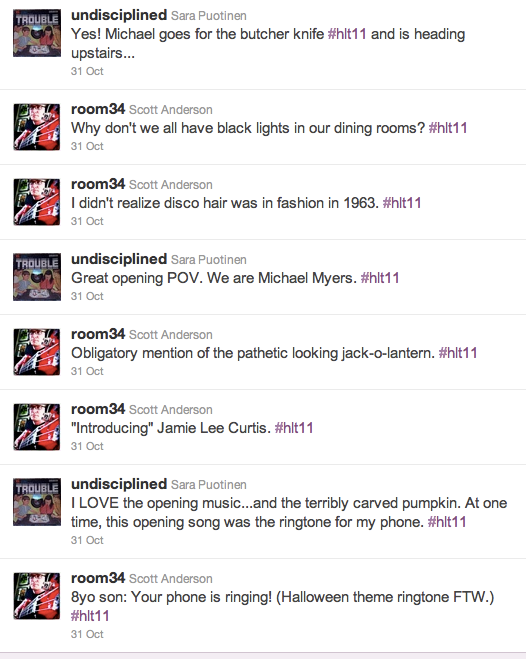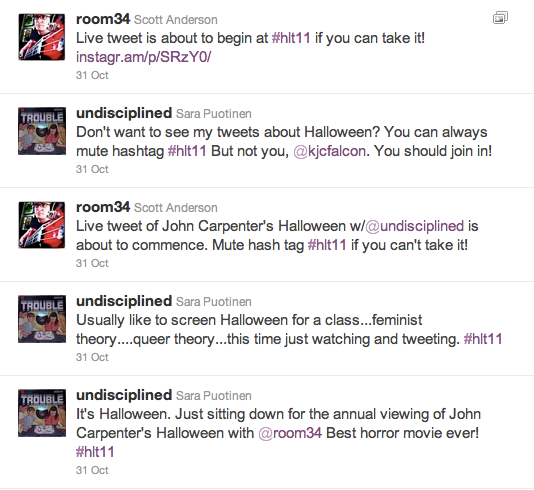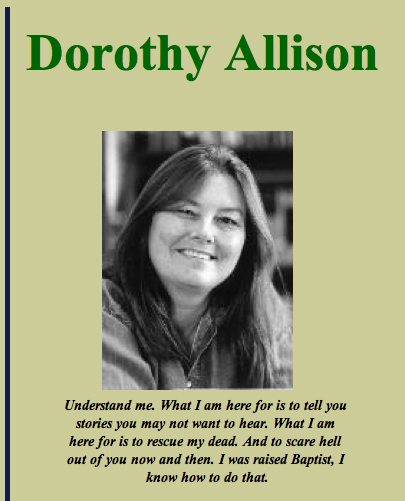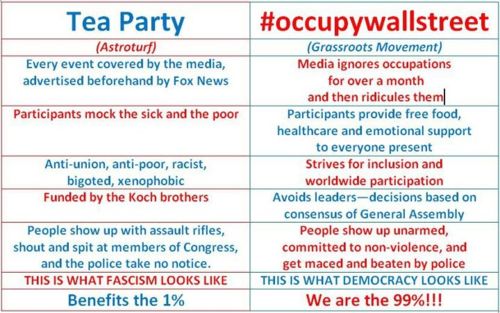On Friday, I posted on how 70 students protested via walkout against their Introduction to Economics teacher and his dangerous teaching at Harvard University. Shortly after writing that post, another example of student resistance took place; this time, the resistance was at UCDavis and was in a response to the violent pepper-spraying of non-violent student resistors. Here’s what I just posted on my feminist debates course blog about the UCDavis action:
Yesterday I posted a “this is a feminist issue because…” on Police Brutality against UCDavis students. Here’s a follow-up about how the students organized and engaged in a powerful collective act of non-violent resistance to the administration’s (mainly Chancellor Katehi’s) decision to call in the police and use pepper-spray and other violent tactics. Here’s a video of their action:
And here’s a description/discussion of the action from an anonymous letter (posted here):
And something remarkable happened at Davis tonight. I’ve been watching the live streams and following the blogs since late this afternoon. It was a very important moment.
Chancellor Katehi was preparing to give a news conference to take another crack at spinning this story and controlling the growing, viral character it has acquired.
UC Davis students showed up in large numbers to this conference, and were kept out of the small building (Surge 2, for those who know the campus) for lack of press passes (ha ha). They surrounded the building and their numbers grew over several hours to over 1000 student protesters. Reports came that Chancellor Katehi was afraid to leave and go through the student protesters, or even that she was being kept from leaving, as if it were a hostage situation. Cops were *not* summoned, however — or at least they were kept back. UC Davis appears to have learned at least a tactical lesson already.
Through patient OWS style organizing, worked out over dozens of mic checks, they arranged to clear a wide path, determined that they would be silent and respectful when she came out, and sent word that they were not keeping her hostage in the building, just there to call for her resignation. Hours went by as the situation got more and more tense, but the students showed remarkable discipline and organization as their numbers kept growing. Finally, they negotiated with Chancellor Katehi’s people and she left the building to walk to her taxpayer-paid $70,000
Lexus SUV[buick] with one aide. The students maintained *absolute, total order and silence* — really, not a word — and stood aside, except for the couple of journalists asking her questions on the livestream feed. It was eerie and powerful and Chancellor Pepper Spray was clearly feeling the shame of a thousands of eyes on her around the nation (the livestreams were overloaded as they were joined by students across California and then the nation).
What questions does this raise for you about feminist organizing and resistance against/in/with the academy? About the limits and possibilities of feminist education in the University?
My troubled reflections (for nov 21): I’m interested in putting these two actions–the Harvard students walking out and the UCDavis students silently and peacefully protesting–beside each other. Both actions are connected to Occupy Wall Street. In their letter, the Harvard students indicate that their action is in solidarity with OWS. And the UCDavis students adopted practices first used by OWS, including organizing through the human microphone. (Here’s one way that The Nation connects the UCDavis students with OWS: “One of the really good things about the Occupy Wall Street movement is that it is not a campus-based, student movement – it is a movement of “the 99 percent.” But campuses provide a special setting where tactics are tested and strategies are developed, and the students at UC Davis have set an amazing example – when the whole world is watching.”) What different strategies of troublemaking do these two groups of students draw upon? What are the limits and possibilities of these two sets of strategies? Which set of strategies might be ultimately more effective, more transformative, more long-lasting? While I do have my own opinions about which action I think may ultimately work better, I’m not interested in making a judgment here. Instead, I want to leave these 2 actions beside each other and spend a few days being curious about them and thinking through the various questions that they raise for me.



